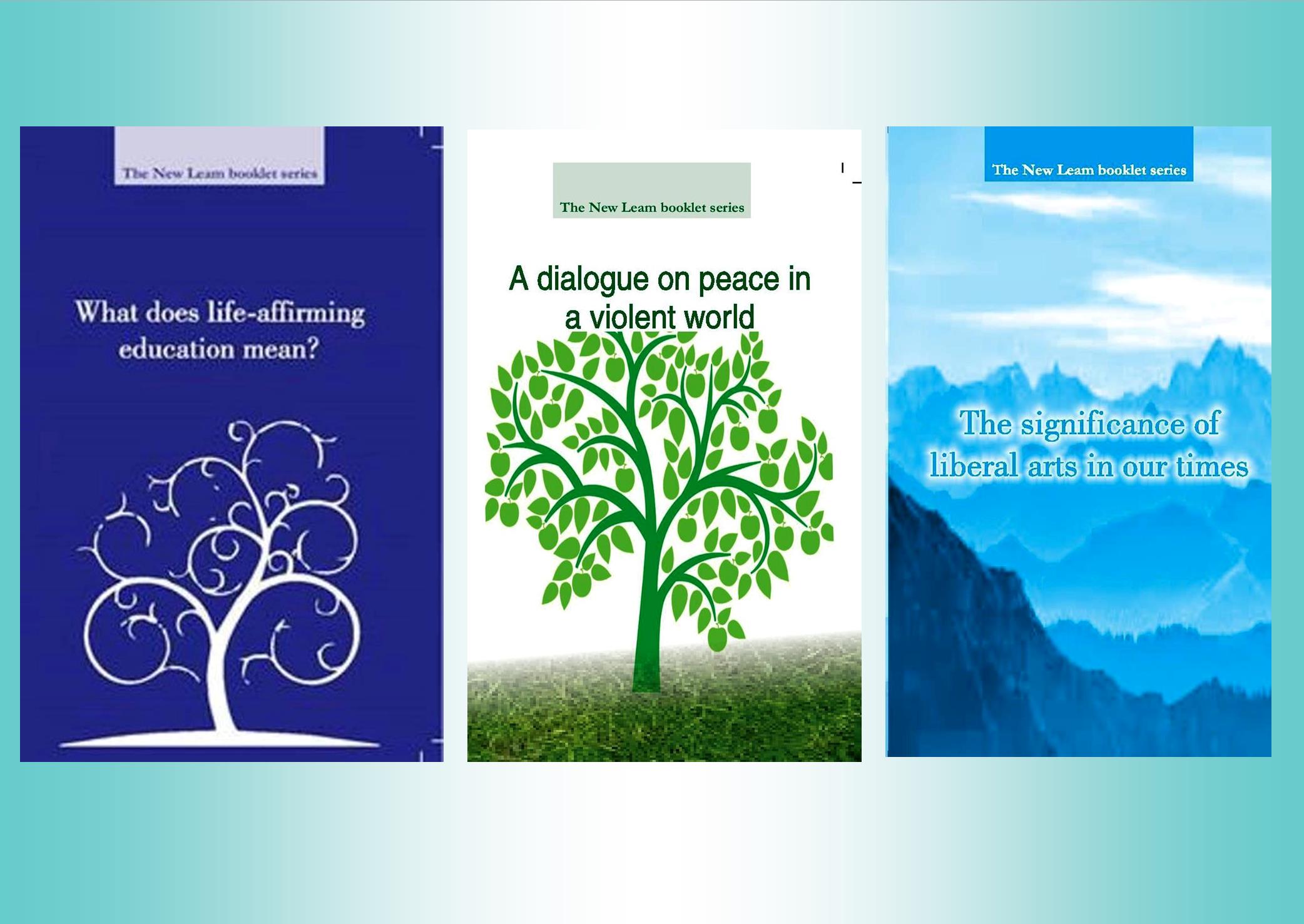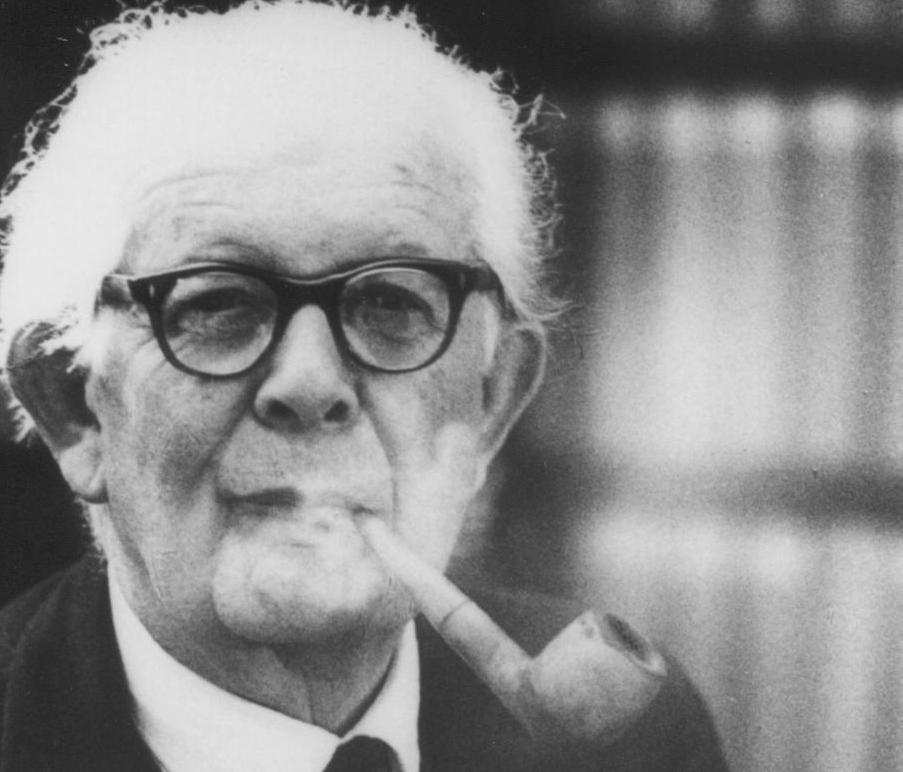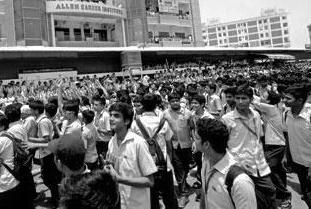Divasvapna: Dreams Are Not Just Dreams
Gijubhai Badheka (1885-1939) was a great educationist—a dreamer and a practitioner. Divasvapna—a classic—was first published in Gujarati in 1932. Even though it is the imaginary story of a teacher discontented with the orthodox culture of education, it is truly an art of possibility every creative teacher would love to experiment with
By Ananya Pathak
Thinkers across the world have considered education as a domain that can arouse critical consciousness among people. They have all articulated through different vocabularies,terms and jargons the single truth that ‘education’ is not merely the learning of language skills or mathematical logic, but education is the fragrance that enables us to discover our unique individual creativity and innate potentials. Education thus is one’s constant companion in the voyage of life, it leads one through the dark nights of crisis, strengthens one when one faces weaknesses, shows the path when the fog of despair surrounds one, and even makes one humble and grounded when pride clouds our vision. Education, in other words, helps one develop into a holistic being and relate to the world in ways that are meaningful and creative. If we begin to visualise education as this empowering tool that helps one discover oneself , then we will automatically come to reflect upon the paradox of our contemporary model of education. Broadly speaking, today in the Indian context the teacher is seen as an automated machine paid poorly to impart information prescribed in a textbook with no enthusiasm or energy to enage with children or to decipher new pedagogic techniques into the classroom. The student too is seen like a half-finished product on the conveyor belt in the factory called school, who moves from one class to another untill he is made into a completely passive, dull and bored adult! The culture of schooling that we live in today makes the average teacher assume that his job is to teach only that which is given in the textbook and to prepare children for exams. He does not see it as his responsibility to be an active participant in the child’s growth into a holistic individual, sadlly even if a teacher wants to see his bond with the pupils meaningfully the constricted structure of schooling does not allow him to do so. From the posh elite schools in urban India with all sorts of infrastructural facilities to the colourless, dust-wrapped primary schools of rural India, perhaps the difference is not much in terms of the way education is dissiminated to children; in both sitautions the teacher is weiged down by the buraucratic authorty of the school who expects him only to deliver the ‘prescribed’. Yes, we cannot overlook the fact that
infrastructural facilities do make it easier for both students and teachers to survive the several years of school training. However, it is absolutely misleading to think that good infrastructure implies meaningful education. Ironically, the multiple schools that have popped up in every nook of India and especially in its posh centres endorse themselves on the basis of things like air-conditioned classroom and buses, swimming pool and adventure sports, horse-riding and foreign trips for children. Yes, the entire emphasis is on facilities that the school would give to its students, but nobody ever talks about the quality of education imparted inside the four walls of these five-star schools. In the world that values market ethos and associates ‘brand’ with ‘status’, it is not surprising that schools are also seen as commodities that people consume according to their budgets!
But really, what is the essence of education? What does it mean to be a good teacher? Is infrastructure the only thing needed to teach well, do facilities alone make me an enthusiastic learner or is there more? These are some fundamental questions that invite our attention, they ask us to think on themes which will bring us out of our comfort zones….these are the questions that we have so far supressed.
Far away from the city of ammenities, amidst the unruly,distracted children and pressurized from above by the heavy load of bureaucratic structures can innovative pedagogy be born, can children learn because they are interested to learn and not because of the fear of evaluation? Gijubhai Badheka’s work Divasvapna is a revealing story of how meaningful education is not necessarily expensive education, of how children in the remotest corners are capable of learning creatively and evolving as individuals. And most importantly Gijubhai’s work helps us see the teacher in a new light, as having in him the agency of change even when he operates in restrained environments and limited expectations. The idea that is most sharply conveyed is that what is needed is the hope and patience and the constant perseverence to struggle against all odds and bestow faith in the tremendous potential that each child is endowed with. We do not need too much to innovate styles of teaching, all that is needed is a teacher’s willingness to initiate the change and his hope in the need for an effort of this kind. Divasvapna is a brilliant example of the need to bridge the gap between the deeper philosophy of education and the lived circumstances in real classrooms. For all those who are in the domain of education it is an inspirational text that challenges our prevelent notions of educational innovation.
Divasvapna is the story of a simple yet dynamic teacher called Mr. Laxmiram who decides to reject the orthodox methods of teaching so far prevelent in education. He chooses to retain his enthusiasm towards children and continues to conduct experiments while consciously neglecting the traditional modes of teaching that are monologic ,undemocratic and merely textbook based. With his experiemnts he sought to sitaute education in an ambience where children were participants rather than passive receivers of information, and learned things by internalizing them through a gradual process of deep understanding and not because of the fear of external evaluation. It is here that I would like to share with the reader a simple yet revealing paragraph from the text that would show a pedagogic exercise devised by the teacher in the form of a game, how the child learns without the burden of knowledge-
How did you teach them nouns,verbs etc? Well, I took up verbs first.My pupils knew how to read. I told them that they were to do what I wrote on the blackboard. I would write a word which would tell them what to do. They were to do act accordingly. The boy whom I would name was to do it. Then I wrote the word ‘stand’ on the blackboard. Then I followed up with words ‘sit’, ‘run’, ‘jump’, ‘swing’ etc. The children enjoyed these simple activities and kept asking for more and more words.
Although the inspiration behind his creative experimentation lies in Montessori, his methods of implementation and adaptation of the philosophic essence are thoroughly based on local circumstances.
The book was first published in Gujarati way back in 1932. It amuses the reader to think that although such meaningful steps to improve and bring about changes into the education sytem began so early, yet there remains so much to work upon even till date. The book tells the fictional story of a teacher who seeks permission from the education officer to conduct experiments related to education on 4th standard students. He tries to swim against the current by purposefully shunning the orthodox methods of education. It goes without saying that he faces many difficulties and criticism, a lot of pressure develops upon him and there is apparently nobody who understands him at first. He is largely disappointed to see that theoretically innovative ideals are not so easy to implement partactically, he understands that he must retain his patience and continue to work fearlessly towards his mission. He then devises many creative and innovative ways to help teach children in a completely new way. The teacher makes use of many interesting pedagogic tools that are succeessful in inviting children to learn new things and removes from their hearts the fear of being judged or ridiculed. The thing which is most aprreciable about the way that the book has been written is that it goes into the details of the experiments, and it fascinates one to see how he devises numerous ways to solve problems that he confronts due to the syllabus that is mandated for him to teach. Divasvapna, written by Gujarat’s famous educationist and teacher Gijubhai Badheka (1885-1939), is indeed an important ispiration for all those who take the domain of education as a tool for creating a better society. It is time that the dream of bringing about a transformation in the education system be changed into a reality, but this can materialize perhaps only after a prolonged struggle along the line in which Gandhi, Tagore Gijubhai and many others had moved. The educational theory propounded by all the three of them emphasized the child’s need for an atmosphere of independence and self-reliance. It also wanted to give a new definition to the vocation of teaching, seeing it as immensely fulfilling and enterprising. Gijubhai gave his idea an institutional basis by establishing his Bal Mandir in 1920 .
Yes, the text indeed instills a deeper faith in us and reminds us of the multiple ways in which we can work towards bringing about changes in the domain of education; it makes us hopeful because the dream of a truly emancipatory education is still cherished, still celebrated.














